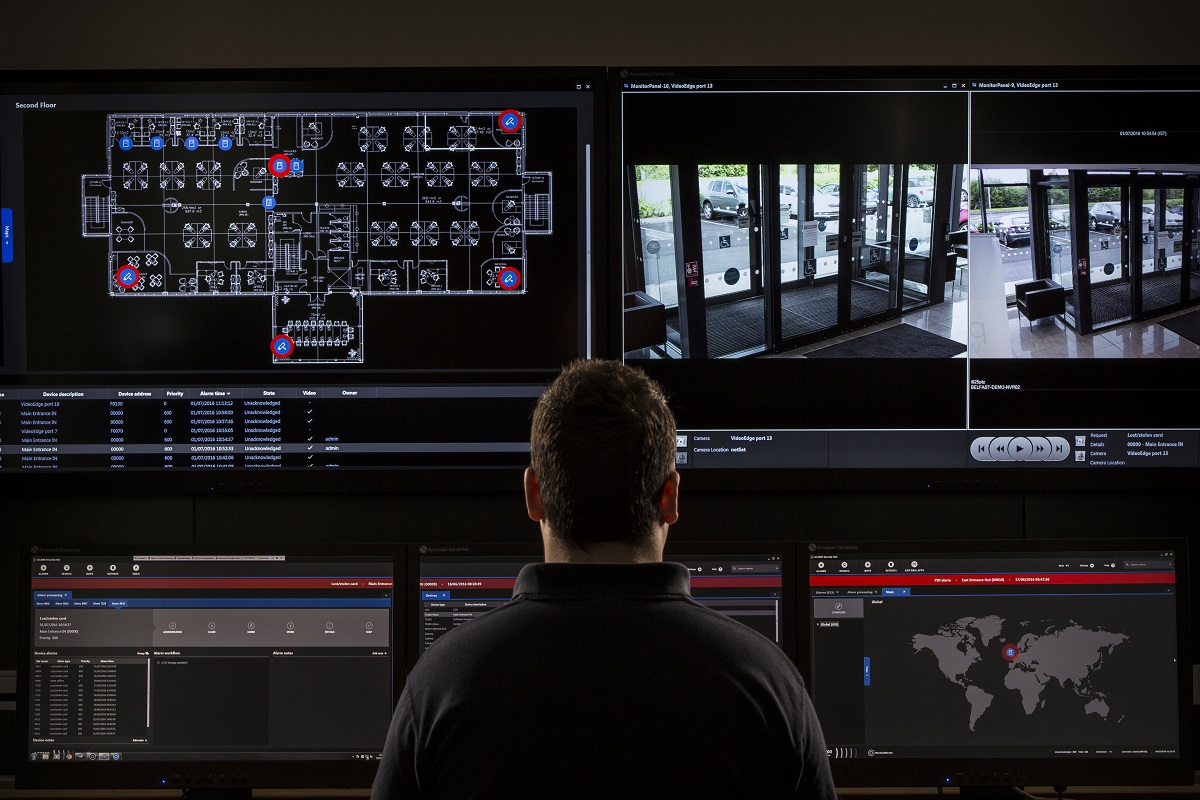To consider access control as a fixed cost and a means of only letting the correct people enter and exit a building or area is limiting.
To consider access control as a fixed cost and a means of only letting the correct people enter and exit a building or area is limiting. While the majority of users take advantage of only the core functions of an access control and security management system, a host of other valuable operational and business enhancing tools are often overlooked.
Beyond security, access control can help companies increase operational efficiencies, implement policies and reduce costs. By enabling these tools in other areas of the business, ranging from controlling energy use, to cashless vending, to assisting with policy enforcement, access control goes beyond security and becomes a business enabler.
Operational Efficiencies
Access control can play a significant part in increasing efficiencies across businesses, on a local and global scale. Using an access control system capable of linking together multiple sites globally means a company can have one central security management system to manage multiple buildings across various locations. This increases efficiencies by preventing duplication of work and reduces costs as staff can use the same access card at multiple sites. A centralized command and control interface as part of this can also enable operational efficiencies; a single setup to manage all sites through one central security team, with clear alarm workflows and accountability helps with the reduction of work duplication.
Access control hardware such as readers can also offer additional efficiencies and cost savings. Using access control readers that have built-in features, such as intercom or room booking functionality, remove the requirement and cost of another stand-alone system. It provides operational efficiencies as users are already familiar with the existing access control systems.
Implement Policies
Using access control to implement company policies can be a great way of getting more from a security management solution. Tied into the growing awareness of environmentally friendly programs, access control systems have been used to both implement and monitor these programs at Gatwick Airport. At Gatwick, employees swipe their access control cards to switch on machinery such as baggage belts, escalators, heat curtains and check-in desks when they need to use them. This not only reduces the airports’ power consumption, but also allows the airport to monitor and report on their compliance with any government imposed green initiatives.
Another example is at Hong Kong International Airport where the access control system is deployed so that employees can access and operate air bridges. This means that only employees with the appropriate training can use such equipment, ensuring that health and safety policies are met. A secondary benefit is that if they want, the airport can also charge a specific airline for use of the security equipment.
Access control reader hardware, such as readers, can also assist with implementing company policies. Access readers with advertising features can offer health and safety reminders at key doors when the reader is not in use. Functionality in access readers such as entry or exit check lists, where the card holder must positively answer a list of pre-defined questions before the door will open, can also ensure that policies are adhered to in areas such as construction sites or pharmacies.
Reduce Costs
Elements of an access control system can also be used to reduce costs in new buildings or through security system upgrades. For example, Victoria and Stobhill Hospitals in the U.K. used Power over Ethernet Plus (PoE+) technology for significant cost savings when building the hospitals. PoE+ is a technology that supplies power over a Cat5 cable. For each access controlled door, only one Cat5 cable needs to be run to it to power both the reader and the lock. This may not seem like much, but in a large building it can massively reduce cabling costs.
Looking beyond access control and using the access control card for additional areas of operational management can lead to cost savings. Universities such as Liverpool John Moores University have adopted a one card identity solution where access cards become smart cards that can be used for a range of cashless vending solutions. These cards contain all the students’ registration data and course information and then can also be used for library access and car park access among other things, offering significant cost savings and efficiencies for the University.
Beyond Access Control
|
Increasingly, access control systems do not work in isolation but are integrated with a range of security systems including video, fire, intrusion, building management systems and more. This means that the access control solution becomes a full security management system where cost saving and operational efficiencies can be realized through functionality like centralized command and control.
Access control can do so much more beyond security. So before considering a new access control system or updating an existing system, ask yourself: “Does my access control system do enough?”
For more case study of CEM, please visit:
https://www.asmag.com/suppliers/pressReleases.aspx?co=cemsys
For more details of CEM products, please visit:
https://www.asmag.com/suppliers/featuredproducts.aspx?co=cemsys
For more information about CEM, please visit
http://www.cemsys.com
|
 Central command and control
Central command and control
for improved security
|